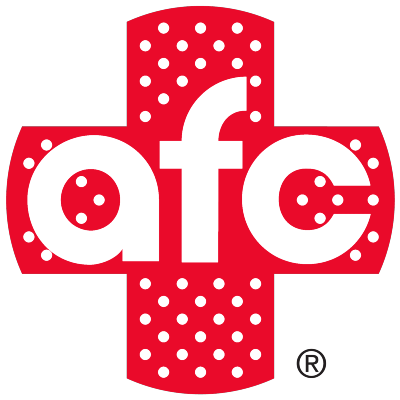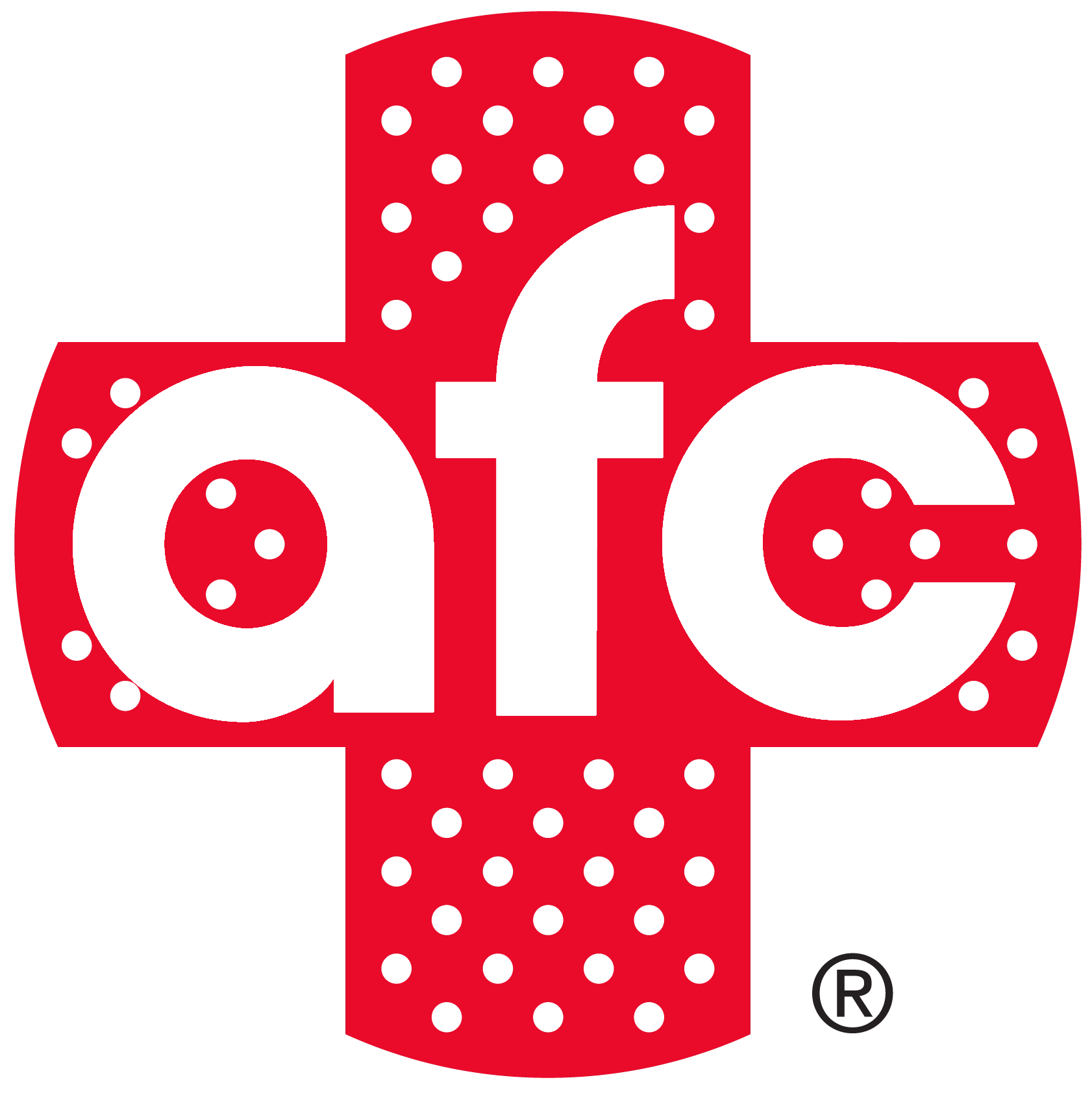Now Open M-F 7:30 am to 8:00 pm and Sa/Su 8:00 am to 5:00 pm
AFC Urgent Care South Asheville Pulled, Strained, Sprained, Broken Bones
CALL US TODAY | (828) 641-0960
Find The Location Nearest Covid-19 Testing
We think you’re located in zip code 28704. Not Right?
Pulled, Strained, Sprained, Broken or Dislocated?

Life sometimes throws you a bone; sometimes it breaks one, or sprains, or dislocates one! At AFC Urgent Care we are here to get you on the road to recovery as quickly as possible. While any sprain or break is painful, some are more so than others. It important to know “toughing it out" can often lead to long term damage, and or cause other areas of sensitivity to develop over time. At AFC Urgent Care you will be seen by a medical expert and an x-ray will be taken by an experienced certified technician. Clinics are stocked braces, boots and splints to provide you the immediate help you need.
When you have experienced a fall or accident, it is important to know some key differences between these types of injuries.
Do all breaks & fractures need to be casted?
In most cases, yes, a break or fracture needs to be casted to heal properly. In rare cases a break or fracture will not be casted and is able to heal with rest and time. It is important to note that there are several different types of fractures and levels of severity.
There are incomplete fractures which only partially break through the bone, and complete fractures which break through the bone.
Incomplete fractures consist of mainly two types. A buckle fracture which bends one side of the bone without breaking the other side, and a greenstick fracture where one side of the bone is broken, but the other side is bent.
There are several complete fractures. A closed fracture is a broken bone that does not penetrate the skin. An open or compound fracture happens when the break does not puncture the skin. A non-displaced fracture happens when the pieces on each side of the break line up, and a displaced fracture is when they do not. A displaced fracture usually requires surgery in order to ensure complete healing. Segmental and comminuted fractures are fractures that are in multiple pieces, and these two also require surgery.
How to tell the difference between a Sprain vs a Strain?
While they sound very similar and both equally as painful, a sprain is very different from a strain. A sprain is a stretch or tear in the tissue that connects bones together at the joints. When an ankle rolls to the outside and the ligaments around the outside ankle bone (the fibula) are stretched or torn, this is a sprain. A strain is when the muscle or tendon is stretched or torn. When an athlete kicks a ball the hamstring tear is a relatively common injury, especially when the proper stretching has not been done. The recovery from both sprain and strain injuries require rest, ice, compression and elevation. You should see a medical provider if swelling has not gone down in 48 hours.
What is the difference between a fracture and a hairline fracture?
A fracture is when the bone has broken apart and is in 2 or more pieces. The first step in identifying what type of break a patient has is conducting an x-ray. It is important to have a certified x-ray technician who knows how to properly position the body to capture the correct angle. A hairline fracture (also known as a stress fracture) can happen relatively easily. These tiny weakening’s in the bone can be hard to detect, and sometime difficult to provide relief. All fractures should be accessed by a Medical Provider and if needed further testing such as a CT scan or MRI should be ordered. When fractures are not healed correctly, they can lead to further fractures or breaks.
How do I know if I broke my collarbone?
Pain is the body’s first indicator to your brain that your body is in trouble. However, pain is relative to different tolerance levels and when it comes to your collarbone, it is possible you have a break you didn’t know you had. Some of the key indicators of a collarbone break are restrictive movement or pain that increases with movement. Swelling and tenderness or bruising can also be indicator. Finally, a bulge or grinding when moving should send up a red flag. If you are experiencing any of these symptoms it is important to see a medical professional, receive an x-ray and access the injury.
What is Tendonitis?
Tendonitis is inflammation in the tendon that connects bone to muscle. Tendonitis is a common diagnosis in individuals who perform repetitive, frequent use of a certain muscle causing it to inflame. It is important to seek medical assessment when suffering from tendonitis, as well as a physical assessment to make sure exercises are being performed correctly. Most of the time a provider will recommend physical therapy where trained professionals can correct form and strengthen necessary muscles to prevent tendonitis from happening in the future. Treatment of tendonitis includes rest and ice with a form of anti-inflammatory medication. In severe cases of tendonitis a physician may recommend a corticosteroid injection and or physical therapy.
Treatment
AFC Urgent Care of South Asheville, NC we treat life’s daily injuries. We are equipped with a state of the art digital x-ray at each of our clinics. The urgent care centers are staffed with full time certified radiological technologists and a trained medical provider. X-rays are also sent out for a second over-read opinion. AFC is equipped with boots, braces and stents to help secure injuries upon discharge. Urgent care patients can be referred to local physical therapists or orthopedic physicians for additional testing or treatment.
 How Can We Help?
How Can We Help?
- PATIENT SERVICES
- COVID-19 SERVICES
- TELECARE
- EMPLOYER RESOURCES
- PATIENT RESOURCES
- ABOUT US
AFC Urgent Care FAQs
-
Why choose AFC for Urgent Care?
With state-of-the-art centers and a professional medical team, AFC provides on-site X-rays, labs, procedures, and more!
-
What's the difference between AFC Urgent Care and emergency room services?
Urgent care is for medical conditions that require prompt attention but do not pose an immediate threat to your health or life. Here is a simple rule of thumb: if your medical issues(s) are life threatening, call 911, or go directly to a hospital emergency room. If not, an urgent care center such as AFC is an excellent alternative.
Q&A You Want to Answer?

Don't wait to get the medical attention you need.
CALL US TODAY | (828) 641-0960


